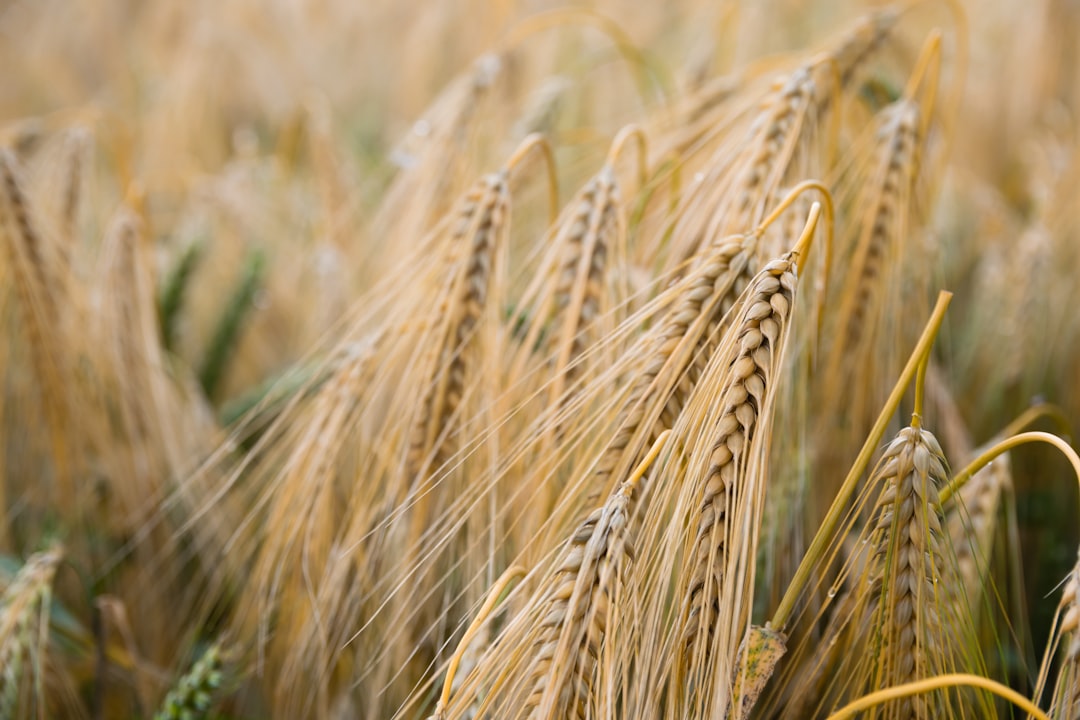What is it about?
The influences of wheat bran dietary fiber (WBDF) on the structural changes and aggregation behavior of gluten in both gluten (G) and gluten-starch (G + S) systems were investigated. Six WBDF levels were provided in the G and G + S system to reveal the correlations between WBDF level and gluten depolymerization behavior. Results showed that WBDF caused a significant reduction in SeS content and impaired water holding capacity, implying possible disaggregation behavior and less compact gluten network structure. The size exclusion chromatography profile also exhibited the loss of high molecular weight gluten aggregates in both G and G + S system. The Fourier transform-infrared spectroscopy results reveled an increase in β-sheet (∼55%) conformation at the cost of the β-turn structure, whereas random coils and aggregates tended to decrease. It may be speculated that the transformation of β-turn into β-sheet structure be responsible for the disaggregation behavior of gluten aggregates and the more rigid gluten network.
Featured Image

Photo by Wesual Click on Unsplash
Why is it important?
Few studies have investigated the adverse effects of water insoluble WBDF preparations, as dietary fiber is the major component in wheat bran. Moreover, it is unknown whether the presence of starch during kneading affects the gluten network as dietary fiber increases. The present study is based, in part, on earlier studies and continues an indepth study of the effect of WBDF on the gluten network.
Perspectives
The mechanism of the interactions between WBDF and gluten is complex and probably depends on fiber composition, molecular weight, and the degree of polymerization.
Sen Ma
Henan University of Technology
Read the Original
This page is a summary of: Gluten aggregation behavior in gluten and gluten-starch doughs after wheat bran dietary fiber addition, LWT, June 2019, Elsevier,
DOI: 10.1016/j.lwt.2019.02.051.
You can read the full text:
Contributors
The following have contributed to this page










